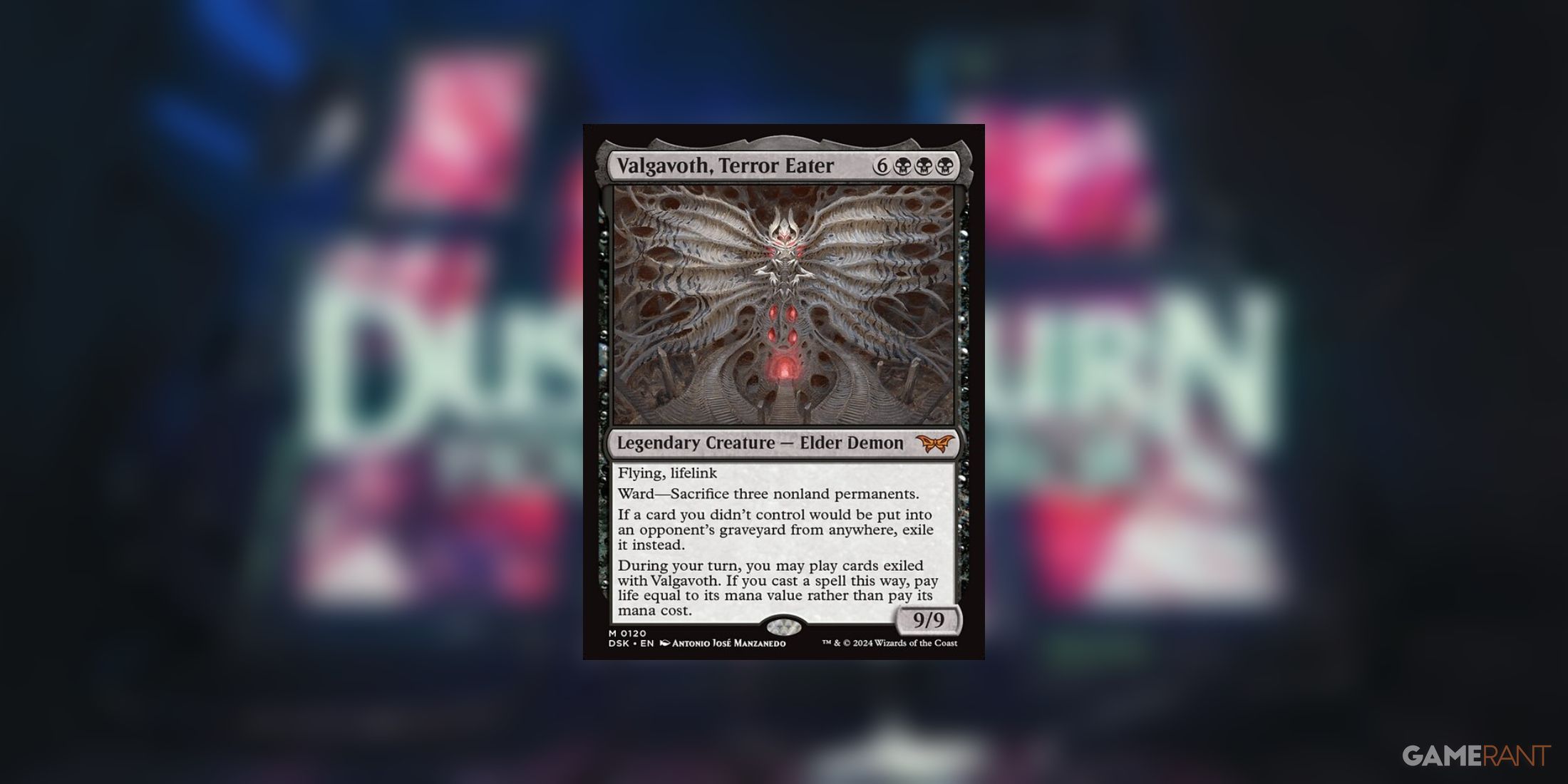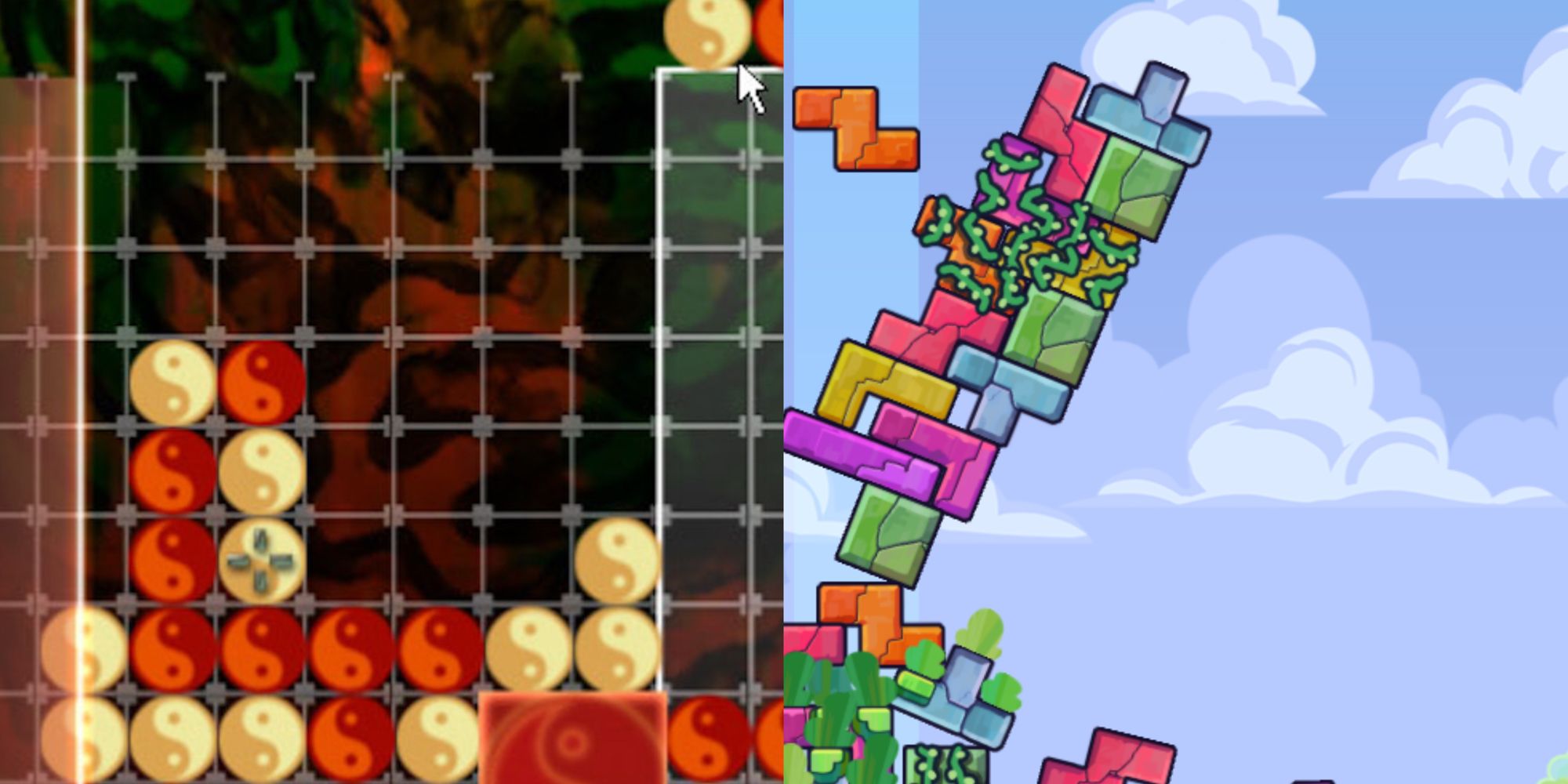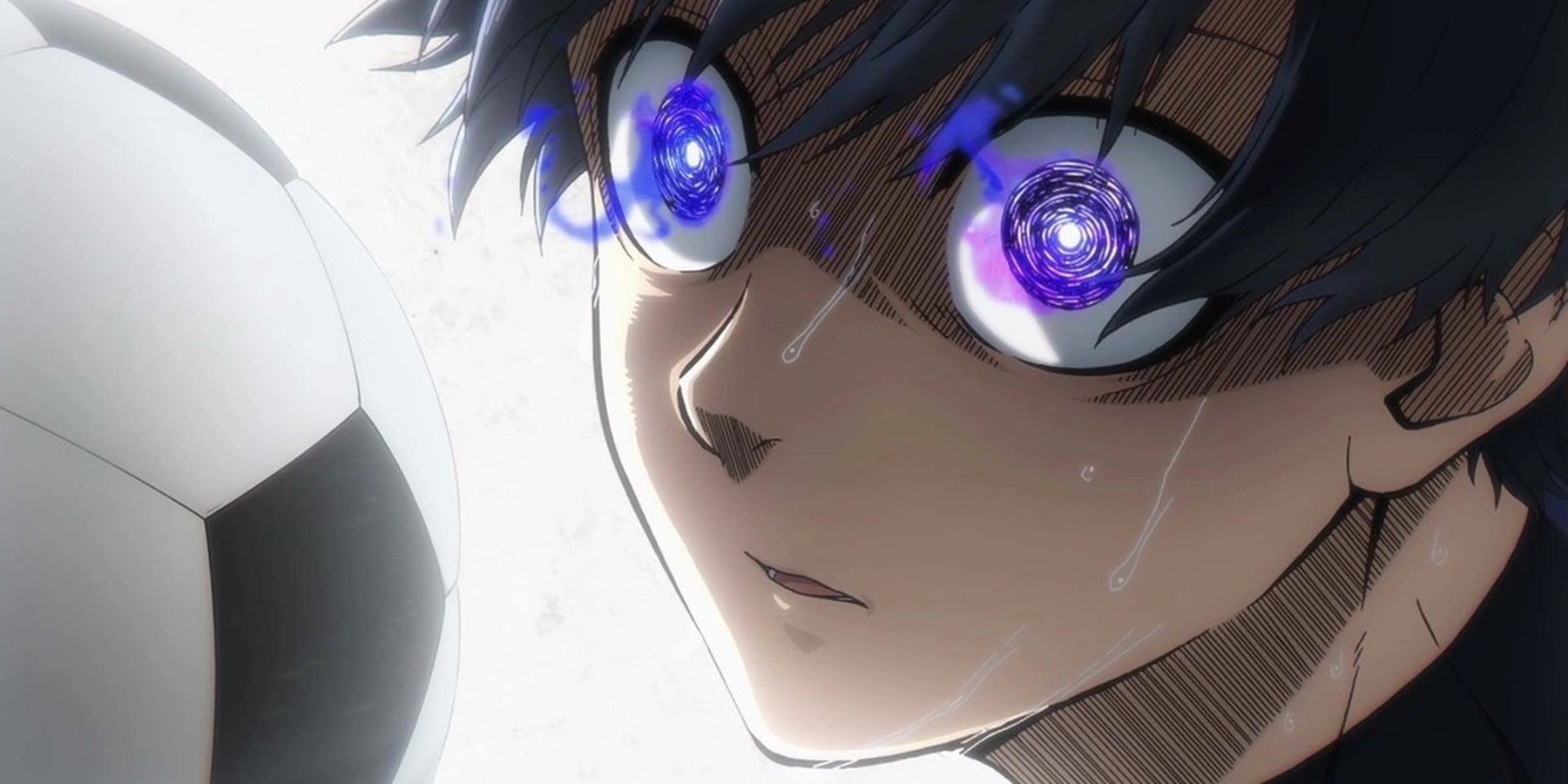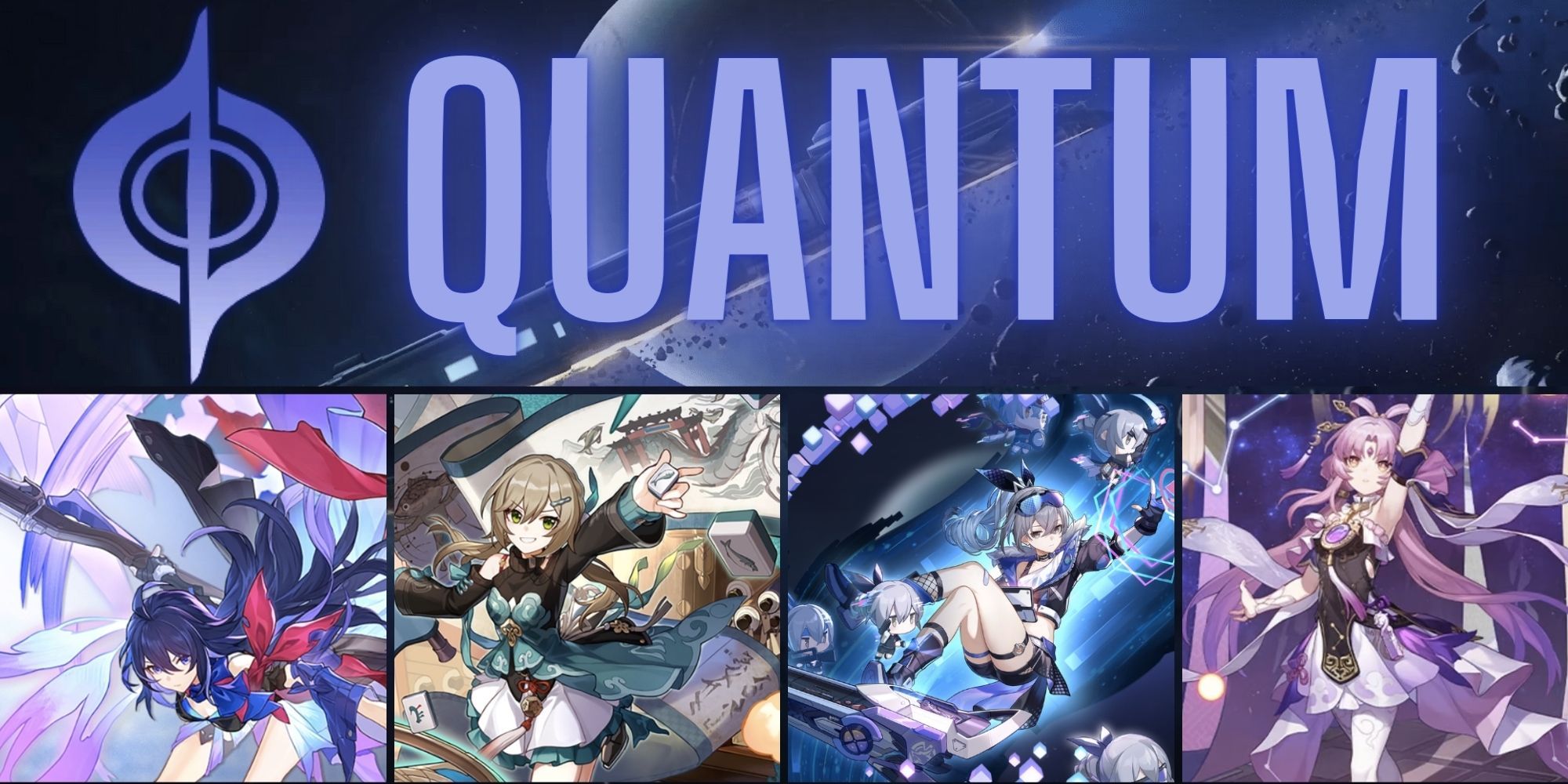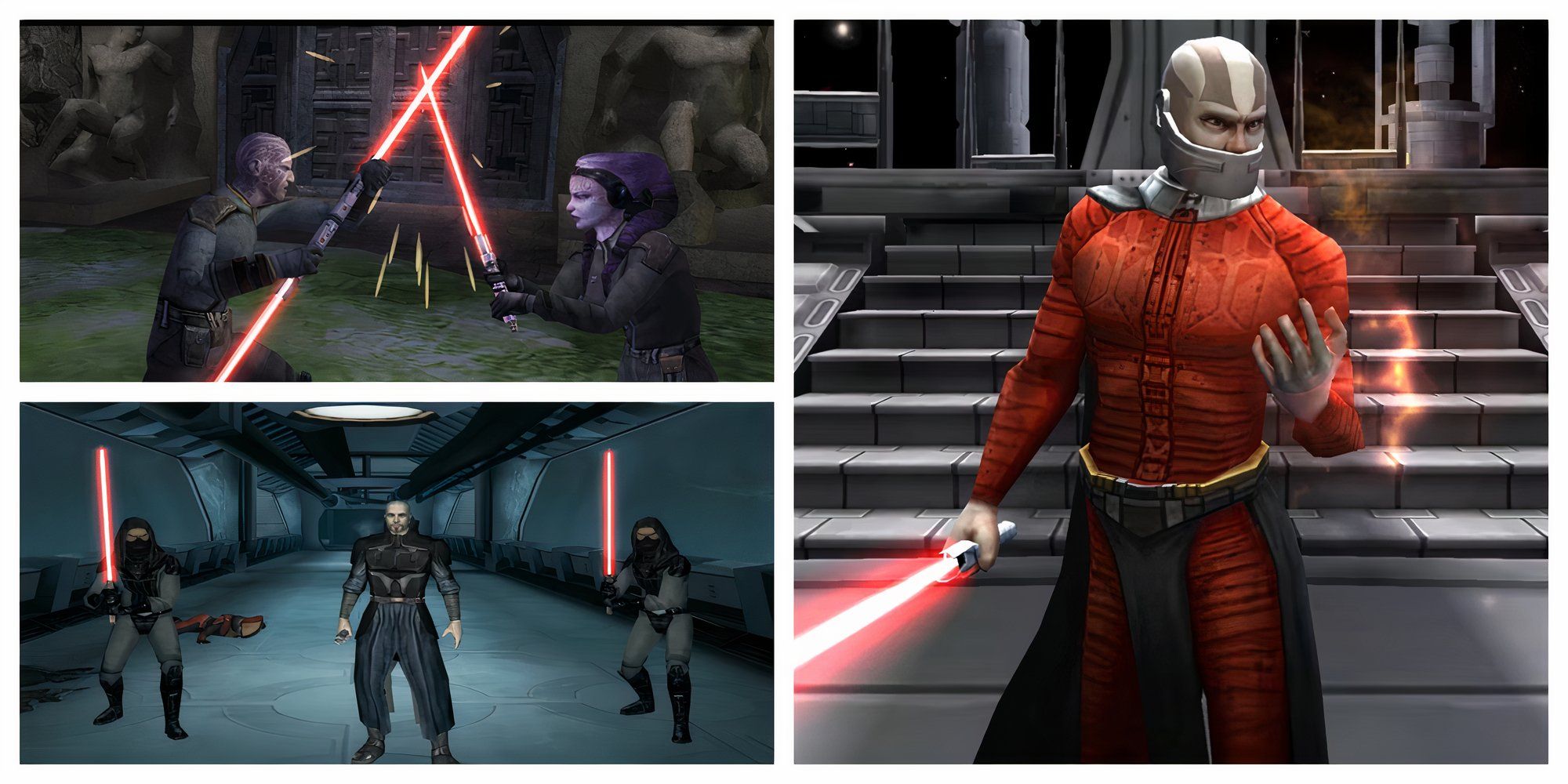Key Takeaways
- MTG’s Legendary supertype poses text space issues in new cards like Valgavoth, Terror Eater.
- Mark Rosewater, MTG’s Lead Designer, stated that alternatives to Legendary have been considered. He also would like for the Legend Rule to be removed.
- Possible solutions could be shortening or visually altering the Legendary supertype on cards for better clarity and more text space.
Magic: The Gathering is an ever-evolving game, with each set bringing about new cards and typically one or two mechanics to boot, making for thematic releases and also keeping the TCG fresh. An example is how MTG‘s Bloomburrow set introduced the Gift mechanic, which is included in the text box of some cards with the accompanying gift that players may promise to their opponents, usually enhancing the effects of the card when doing this. A big shift in the game’s history came all the way back in 1994 when the Legends set introduced the Legend type for both lands and creatures, with the latter having “Summon Legend” as part of their text to reflect the old summoning jargon.
Then, with October 2004’s Champions of Kamigawa, MTG introduced the “Legendary” supertype for various card types, expanding to Legendary Sorcery and Legendary Instant as well over time. This went on to change Magic: The Gathering forever, as this new supertype of cards was eventually used to make MTG‘s Commander format, but it can also be of relevance in regular play due to the so-called “Legend Rule.” What this does is make players remove from play one of two (or more) permanents with this supertype that share the same name. As iconic as Legendary is, MTG seems ready to move away from it as the 20th anniversary of its rebranding dawns.
Why Magic: The Gathering May Have to Change or Remove The Legendary Supertype
What is Magic: The Gathering’s Legend Rule?
There are two issues with the Legendary supertype in Magic: The Gathering – one is tied to the Legend Rule, the other to how much text space “Legendary” takes on cards. In the case of the Legend Rule, MTG incentivizes players outside of the Commander format to use multiple copies of the same cards to create synergies within decks, but with Legendary permanents it can be tough to balance copies due to the Legend Rule.
Why MTG’s Legendary Supertype is Problematic For Text Space
In the case of the Legendary supertype, it does take a lot of text space on cards, to the point that some creatures struggle to get each of their types represented on their respective cards. The latest example of this is Valgavoth, Terror Eater from the new spooky season-themed Duskmourn: House of Horror set. This creature is the big bad of the expansion, and it’s classified as an Elder Demon, but it’s arguably also very moth-like, bearing the question of whether it should be classified as “Elder Demon Insect” instead. Enter Mark Rosewater, MTG‘s Lead Designer, who spoke about this issue on his Tumblr blog.
Mark Rosewater has long been opposed to the Legend Rule, which he states has tried to get removed, and the recent comments about Valgavoth make a good case for “Legendary” as a supertype to either be shortened or added to cards via other creative solutions. He does agree that Valgavoth should have been an Insect alongside an Elder Demon, but this wasn’t possible due to text space on the card and potential translation issues. What follows is that, while Legendary has been vital to the development of MTG‘s formats and new cards, it may be time to shorten it or make it so it’s visually apparent the moment one lays eyes on Legendary cards.
Other solutions could be to call the supertype Legend again, maybe even replace the word with something else like “Myth” or “Famed” to further make up for more space. While Rosewater stated that alternatives have been considered, nothing has been decided just yet, and for the time being, players will still see Legendary on MTG cards. Whether Magic: The Gathering‘s Legend Rule and Legendary supertype get changed or axed entirely remains to be seen, but now seems a good time for this change as more and more problematic examples come up.
Magic The Gathering
Magic the Gathering is a tabletop and digital collectable card game created by Richard Garfield and released in 1993 by Wizards of the Coast. Players take on the role of a Planeswalker and use various cards to battle other players by casting spells, summoning creatures, or utilizing artifacts. It features two main rule categories, constructed or limited, and can be played by two or more players at a time.
- Franchise
- Magic: The Gathering
- Original Release Date
- 1993-00-00
- Age Recommendation
- 13+
/cdn.vox-cdn.com/uploads/chorus_asset/file/25652797/66c7cd459e19be2845865f45_gallery_5.png)

